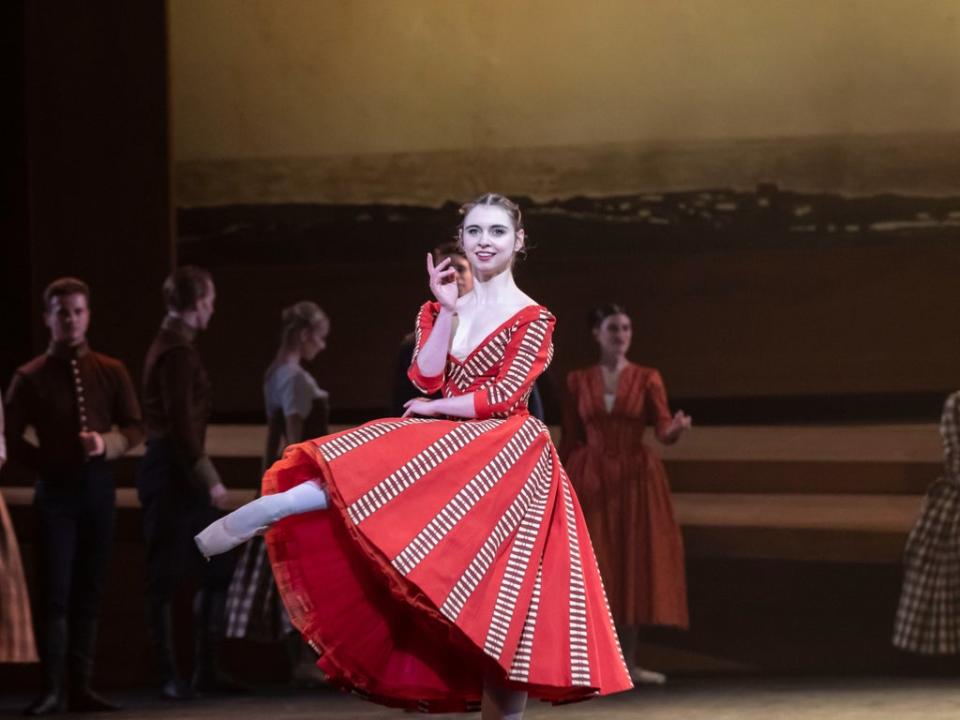Raymonda at London Coliseum review: Director Tamara Rojo takes bold approach to uneven ballet’s pitfalls

The premiere of English National Ballet’s Raymonda comes with the news that director Tamara Rojo is moving on, taking up the directorship of San Francisco Ballet. Her leadership has always had an international scope, a determination to put the company on the map. And though Raymonda is uneven, it underlines her ambition and her vision. Committed to classical ballet virtuosity, she takes a bold approach to its pitfalls.
The original Raymonda is tricky. Marius Petipa’s 1898 ballet has an appealing Glazunov score and some terrific dancing, wrapped up in a nonsense plot about Crusaders and Saracens. Later revivals have attempted to tweak the narrative. Many companies quietly drop the first two acts and just perform the all-dancing finale.
Rojo’s approach is more radical, shifting the story from a vague chivalric past to the Crimean war in 1854. Like Florence Nightingale or Mary Seacole, her heroine is inspired to take up nursing, traveling to Sebastopol. As before, she is caught between two men – but the Saracen villain of 1898 is now an Ottoman ally, and her attraction to him is no longer just subtext.
The relationships are clearly drawn, with plenty of spark in the performances of Shiori Kase (as Raymonda), Isaac Hernández (as her fiancé), and Jeffrey Cirio (as his rival). In Raymonda’s best-known solo, her floating steps seem tugged by the tide of the music: it’s surprisingly effective as an image of a woman torn between difficult choices.
There’s also much more dancing for the men of the company. Dashing military numbers show off their virtuosity. Antony McDonald’s sets evoke the photographic record of the war, stark sepia landscapes framing brightly coloured dancing.
Yet the wartime setting lacks weight. From the billowing costumes to the pretty Glazunov music, a corps de ballet scene feels more like a Fifties Hollywood dream ballet than a lament for the Crimea. Rojo just gestures at Raymonda’s vocation as a nurse, but doesn’t get beyond lamps and gestures. She and her and team work to avoid the stereotypes that all too often come with 19th-century ballet, but Vadim Sirotin’s character dances feel generic.

The company performance is strong. There’s a soft bloom to Shiori Kase’s dancing: she’ll slow down a step, letting it blossom, before bringing it to a crisp conclusion. Cirio has brooding chemistry and stylish technique, yearning fiercely. Hernández dances with clean line and bounding vitality. Rojo’s Raymonda shows off the company she has developed: alert, engaged, and rising with delight to a challenge.
Until 23 January, londoncoliseum.org
